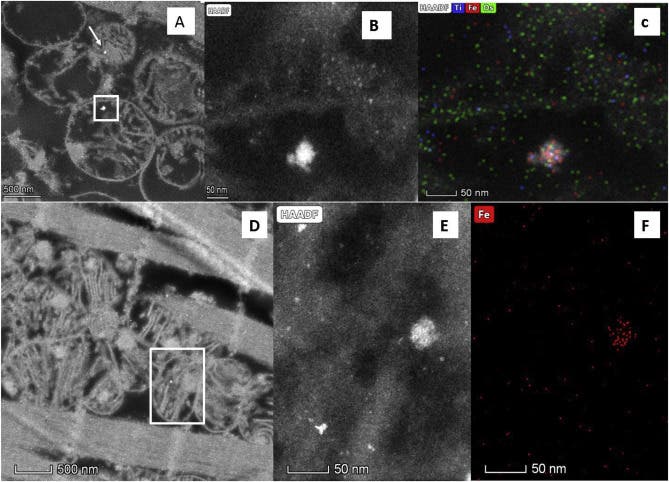Researchers are uncovering further evidence of the adverse health effects of air pollution.

Image via Pixabay.
Toxic metallic nanoparticles from such pollution can find their way into the mitochondria of our hearts, a new paper reports, with a negative impact on our health. Mitochondria provide the power that keeps our cells going; damaging them will thus damage our cells.
This effect was seen in the hearts of people living in polluted cities and could be an important cause of cardiac stress, the team adds.
Poor air, poor health
“It’s been known for a long time that people with high exposure to particulate air pollution experience increased levels and severity of heart disease,” says Professor Barbara Maher of Lancaster University, lead author of the paper. “We found these metal particles inside the heart of even a three-year-old.”
“It’s really urgent to reduce emissions of ultrafine particles from our vehicles and from industry before we give heart disease to the next generation, too,” she adds.
The team analyzed the hearts retrieved from two young people who had died in accidents and lived in the Mexico City area. Air pollution levels here often exceed health guidelines, the authors explain.
They found metallic nanoparticles associated with air pollution (such as iron and titanium-rich particles) inside damaged heart cells of a 26- and 3-year-old, randomly selected from 63 previously-investigated children and young adults.

Image credits B.A. Maher et al., (2020), Environmental Research.
Using high-resolution transmission electron microscopy and X-ray analysis, they found that mitochondria containing iron-rich nanoparticles were damaged, showing ruptured membranes or deformities. Such particles were associated with the development of heart disease, as they cause oxidative stress which chemically damages cells, even in very young tissues.
The team found “abundant presence of rounded, electron-dense nanoparticles, mostly ~15–40 nanometers, most frequently inside mitochondria”. They note that the presence of iron inside mitochondria can alter their chemical mechanism to produce highly reactant oxygen species which attack proteins.
The particles are “indistinguishable from the iron-rich nanoparticles so abundant and pervasive in urban and roadside air pollution”, the team notes.
The results show that such nanoparticles may jump-start heart disease in early life and cardiovascular illness later on. Air pollution can thus be responsible for the international “silent epidemic” of heart disease. It could also contribute to the high death rates from COVID-19 seen in areas with poor air quality.
Another point of concern is the magnetic properties of these particles. It’s possible that, should they build-up in the heart in large amounts, these will react to the magnetic fields produced by appliances and electronics. Exposure could cause cell damage and lead to heart dysfunction. People who work jobs that expose them to magnetic fields, such as welders or certain branches of engineering, could also be at risk.
The paper “Iron-rich air pollution nanoparticles: An unrecognized environmental risk factor for myocardial mitochondrial dysfunction and cardiac oxidative stress” has been published in the journal Environmental Research.






